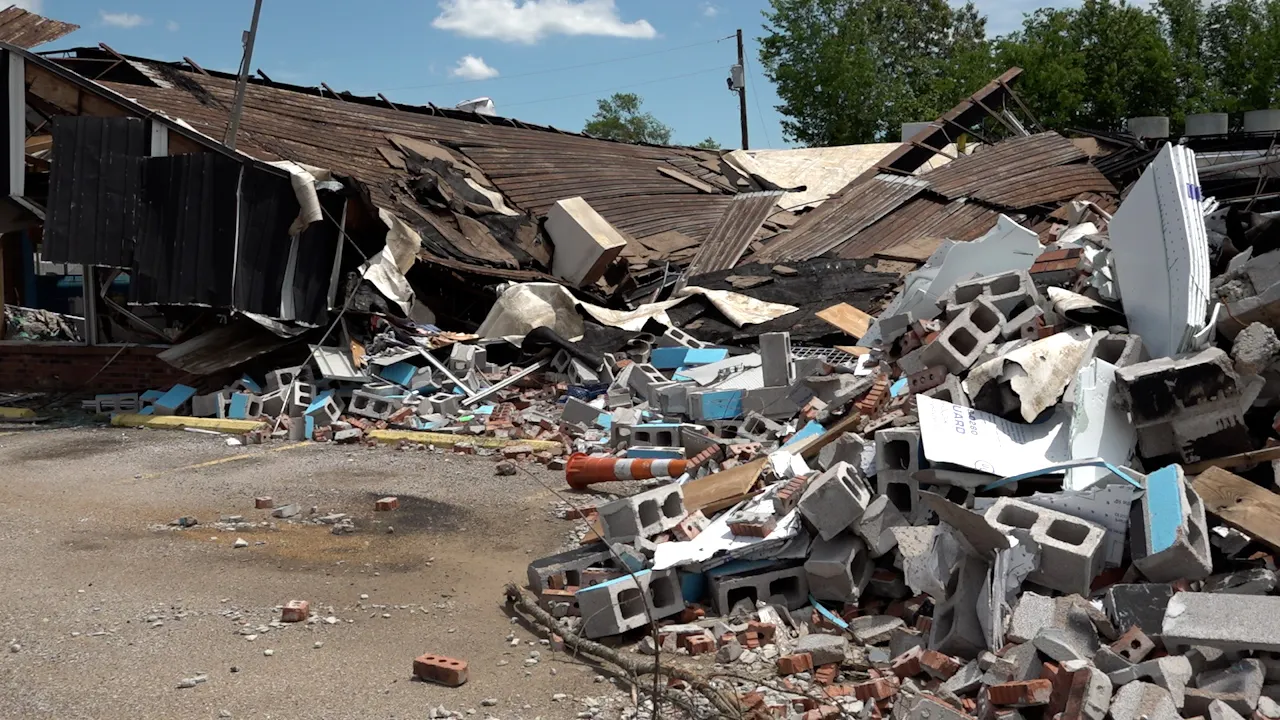Rebuilding Resilience: Tennessee’s Tornado Recovery Challenges and Community Strength
Tennessee faces a monumental rebuilding effort after a series of devastating tornadoes tore through multiple counties in December 2023, leaving 15 dead, hundreds injured, and over 2,000 structures damaged. As federal disaster declarations mobilize resources, affected communities like Clarksville, Nashville, and Madison confront shattered infrastructure while demonstrating extraordinary solidarity. The recovery process—projected to take years—reveals both systemic vulnerabilities and inspiring grassroots resilience.
The Immediate Aftermath: Assessing the Damage
National Weather Service surveys confirmed six tornadoes struck Middle Tennessee on December 9-10, including an EF-3 twister with 150 mph winds that carved a 43-mile path. Preliminary damage assessments show:
- 1,800+ homes destroyed or rendered uninhabitable
- 35 businesses completely leveled
- 12 schools with significant structural damage
- $320 million in estimated economic losses
“This isn’t just property damage—it’s the unraveling of entire neighborhoods,” said Dr. Elena Rodriguez, a disaster sociologist at Vanderbilt University. “The psychological toll compounds when people see familiar landmarks gone. Recovery must address both physical and emotional reconstruction.”
Grassroots Response: Tennesseans Helping Tennesseans
Before federal aid arrived, local networks sprang into action. The Tennessee Volunteer Corps—a coalition of 60+ churches and nonprofits—distributed 40,000 meals and 8,000 emergency kits within 72 hours. In Madison, a high school baseball team transformed their fieldhouse into a donation center, sorting mountains of clothing and supplies.
“We’ve had volunteers show up with chainsaws who lost their own homes,” remarked Clarksville Mayor Jamal Williams. “That’s Tennessee spirit—you help your neighbor even when you’re hurting.”
Notable community initiatives include:
- Adopt-a-Family programs matching donors with displaced households
- Mobile health clinics providing free trauma counseling
- Pop-up childcare centers enabling parents to attend to recovery tasks
Systemic Challenges in Long-Term Recovery
Three months into recovery efforts, persistent hurdles emerge. Insurance claim disputes affect 30% of homeowners according to state regulators, while FEMA has approved just 58% of assistance applications. The affordable housing crisis—acute even before the disaster—leaves many families facing impossible choices.
“We have elderly residents living in campers on their property because there’s nowhere else to go,” shared Diane Carter, director of Montgomery County Social Services. “Contractor shortages mean even those with insurance settlements wait months for repairs.”
Key obstacles include:
- Supply chain delays for building materials (lumber costs up 22% since December)
- Shortage of 3,500 skilled construction workers statewide
- Zoning disputes over rebuilding in high-risk areas
Innovations in Disaster Preparedness
Some communities are turning tragedy into transformation. Nashville’s revised building codes now require hurricane straps in roof construction, while Rutherford County launched a disaster loan program for small businesses. Tech plays a growing role—drones map damage 80% faster than traditional surveys, and AI tools help prioritize repair projects.
“We’re not just rebuilding what was lost, but building back smarter,” explained TEMA Commissioner David Walters. “Every disaster teaches us how to strengthen our resilience.” Recent initiatives include:
- State-funded storm shelter rebates for mobile home parks
- GIS mapping of vulnerable populations for targeted evacuation plans
- Public-private partnerships to harden critical infrastructure
The Road Ahead: Projections and Community Resolve
Experts estimate full recovery will take 3-5 years, with psychological impacts lingering longer. Yet hope persists in unexpected places—like the Madison diner that reopened with a “pay-what-you-can” model, or the high school art class painting murals on plywood-covered storefronts.
“Recovery isn’t a straight line,” notes Dr. Rodriguez. “There will be setbacks when anniversaries hit or insurance checks don’t arrive. But what we’re seeing is communities rewriting their own stories.”
For those wanting to support ongoing efforts, the Tennessee Disaster Recovery Fund (disasterfund.tn.gov) ensures 100% of donations reach affected families. As Volunteer State residents prove daily, resilience isn’t just about restoring buildings—it’s about reweaving the social fabric, one act of courage at a time.
See more Your Daily Weather



